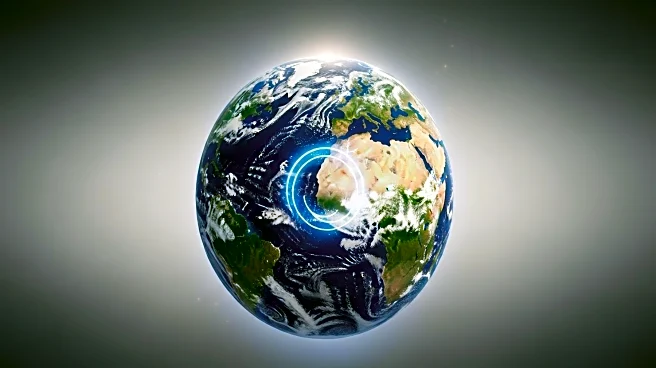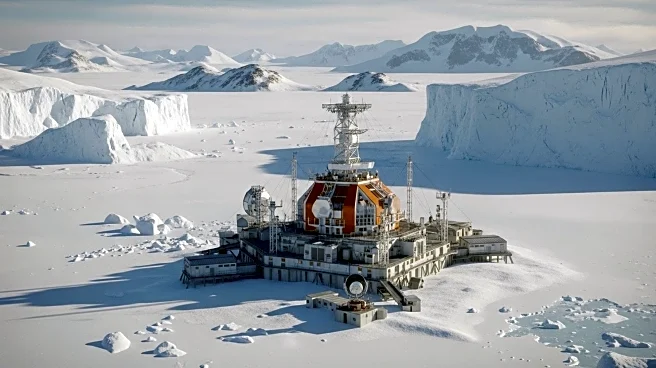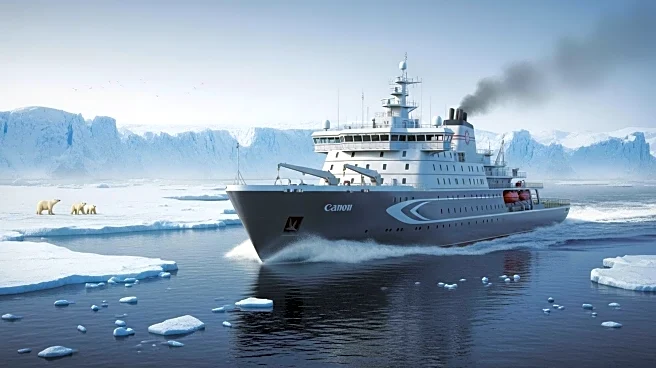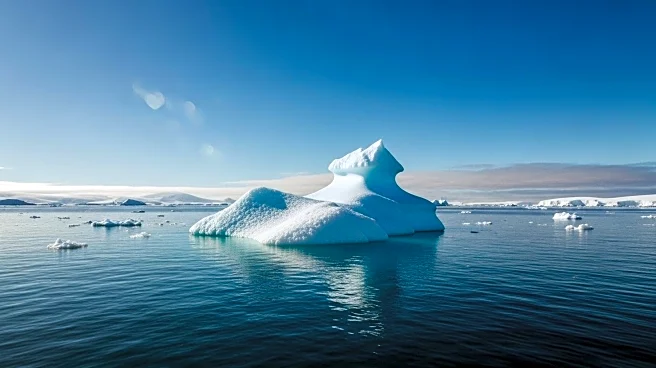What's Happening?
The World Meteorological Organization has released a report indicating that the ozone layer is on a path to recovery, largely due to international efforts to reduce substances that deplete ozone molecules. The report highlights that average ozone levels in 2024 were higher than those from 2003-2022, except for areas near the equator and parts of the Antarctic coastline. The recovery is attributed to the Montreal Protocol, an international treaty adopted in 1987 to phase out chlorofluorocarbons (CFCs), which were commonly used in refrigeration, air conditioning, and aerosol propellants. The protocol was established following the discovery of a significant ozone hole over Antarctica in the 1980s. Recent studies, including one from MIT using a technique called 'fingerprinting,' have confirmed the positive impact of reducing CFCs on the ozone layer's recovery.
Why It's Important?
The recovery of the ozone layer is significant as it serves as Earth's sunscreen, protecting the surface from harmful ultraviolet radiation that can lead to health issues such as skin cancer. The success of the Montreal Protocol demonstrates the effectiveness of coordinated global action in addressing environmental challenges. This recovery not only benefits human health but also contributes to the stability of ecosystems affected by UV radiation. The findings underscore the importance of continued international cooperation in environmental policy and the potential for similar strategies to address other global issues, such as climate change.
What's Next?
Future predictions suggest that the ozone layer could return to its 1980 state by 2040 over the tropics and midlatitudes, by 2045 for the Arctic, and by 2066 for Antarctica. Researchers are optimistic that if current trends continue, the ozone hole could disappear entirely within the lifetimes of many people alive today. Continued monitoring and adherence to the Montreal Protocol will be crucial in ensuring the ongoing recovery of the ozone layer. The success of this initiative may inspire further international agreements aimed at tackling other environmental challenges.
Beyond the Headlines
The recovery of the ozone layer highlights the potential for science-driven policy to effect meaningful environmental change. The use of advanced techniques like 'fingerprinting' to isolate climate factors from natural variability represents a significant advancement in climate science. This approach could be applied to other areas of environmental research, offering new insights into the impacts of human activity on the planet. The success of the Montreal Protocol also raises ethical considerations regarding the responsibility of nations to collaborate on global environmental issues, emphasizing the need for equitable participation and support for developing countries in such efforts.










